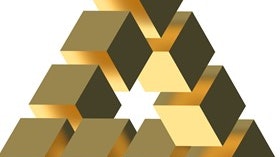Homepage
•
Learning Library
•
Blog
•
Graphing software boosts math engagement
Expand breadcrumbs
Expand breadcrumbs
- Learning Library
- Blog
- Graphing software boosts math engagement
- Homepage
- •
- Learning Library
- •
- Blog
- •
- Graphing software boosts math engagement
Graphing software boosts math engagement
By Kathleen Rulkowski
October 5, 2015








